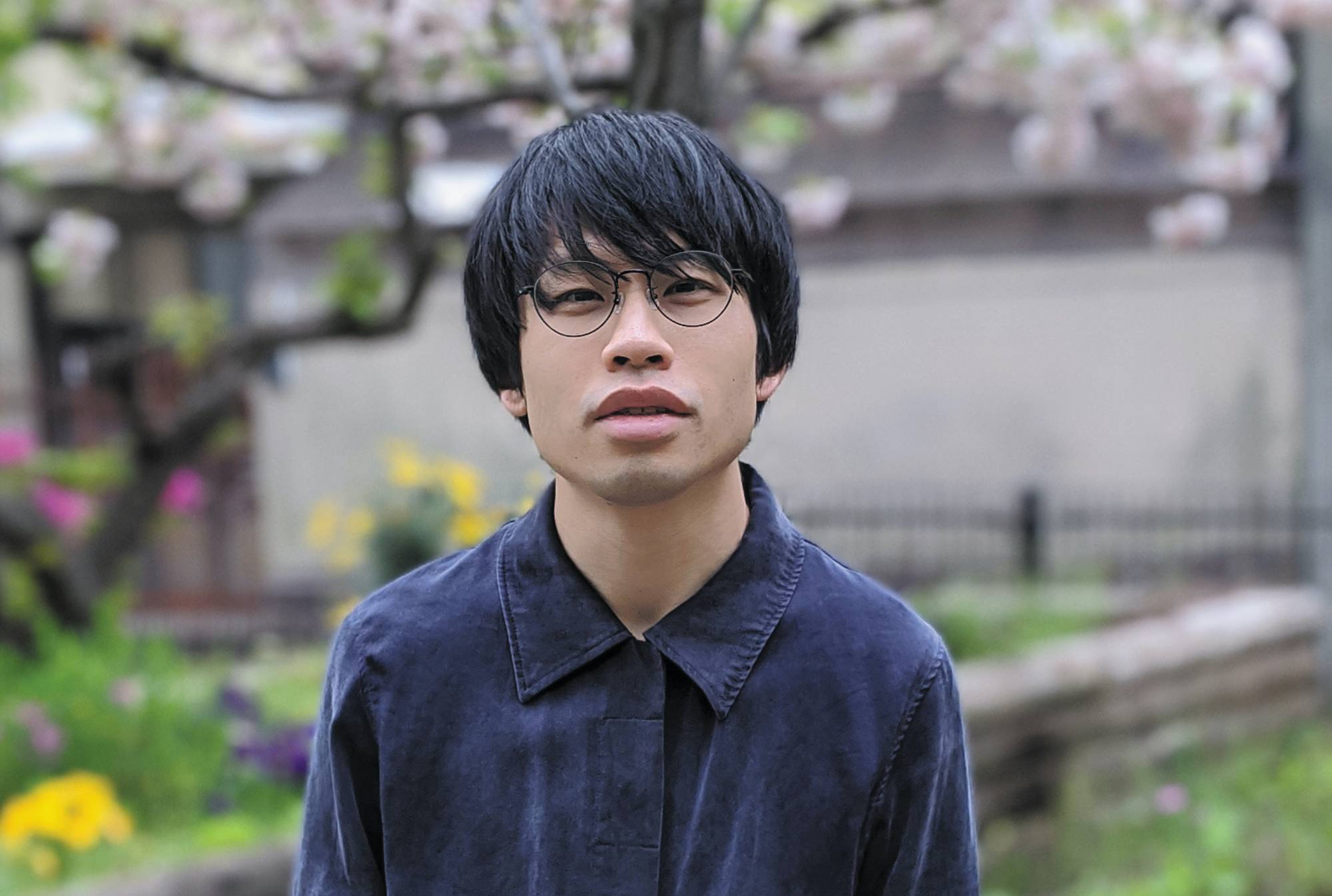I read Ao Omae’s full-length English-language debut, “People Who Talk to Stuffed Animals Are Nice,” while catching up with friends during a trip to the United States. It was impeccable timing: My younger 20-something friends were going through intense changes in their lives — periods of self-discovery. They were grappling with issues that I found on every page of Omae’s book. His characters struggled alongside my friends, exploring new forms of sexuality and self-expression as they attempted to find their place in an isolating and increasingly online social landscape.
Omae’s collection of four stories, translated by Emily Balistrieri, dives into often overlooked perspectives on human relationships. For younger readers, these perspectives will strike home; for older ones, they give insight into the types of struggles the current generation coming of age has with sexuality, family dynamics and growing up.



















With your current subscription plan you can comment on stories. However, before writing your first comment, please create a display name in the Profile section of your subscriber account page.